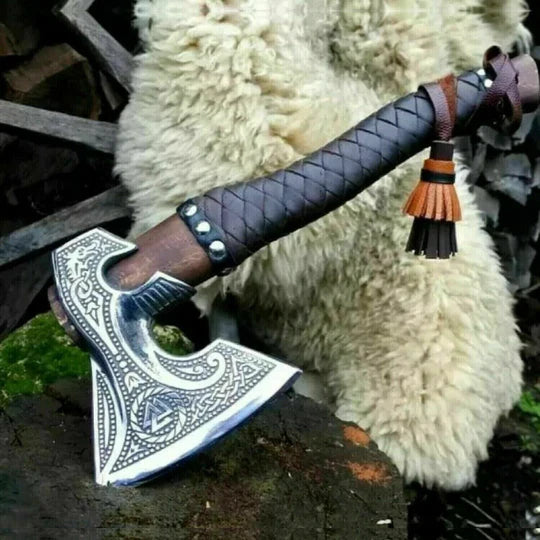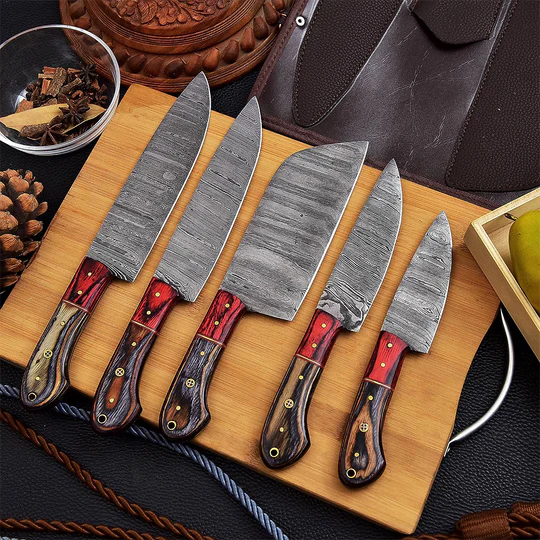
The Handmade Axe Renaissance Blending Tradition with Modern Craftsmanship
Introduction:
In today's modern world, where mass-produced items dominate the market, there's a growing appreciation for craftsmanship and the art of creating handmade goods. Among these, the handmade axe stands out as a symbol of both practicality and artisanal skill. Crafting a handmade axe is not merely about producing a tool; it's a process that involves tradition, expertise, and attention to detail. In this article, we delve into the fascinating world of crafting the handmade axe, exploring its history, the materials involved, and the meticulous techniques required to create a tool that is both functional and beautiful.I. The History of Handmade Axes
Axes have been used by humanity for thousands of years, dating back to prehistoric times Early axes were crafted from stone, wood, or bone, and were essential tools for survival, used for tasks such as hunting, woodworking, and construction With the advent of metalworking, axes evolved to incorporate materials like bronze and iron, becoming more efficient and durable.The tradition of crafting handmade axes persisted through the centuries, with skilled blacksmiths honing their craft and passing down their knowledge through generations.II. Materials Used in Handmade Axe Crafting
Steel: High-quality steel is essential for crafting a durable and effective axe. Varieties such as carbon steel or tool steel are commonly used for their strength and resilience Wood: The handle of the axe, known as the haft, is typically made from hardwoods like hickory, ash, or oak, chosen for their durability and shock-absorbing properties Other materials: Depending on the design and style of the axe, additional materials such as leather for sheaths or decorative elements may be incorporated.III. The Craftsmanship Process:
A. Designing the Axe
: The process begins with conceptualizing the design of the axe, taking into account its intended use, aesthetic preferences, and ergonomic considerations.Modern craftsmen may use CAD software or traditional sketches to develop detailed blueprints before proceeding to the next step.
B. Forging the Head:
Heating: The selected steel is heated to high temperatures in a forge to make it malleable for shaping Shaping: Using traditional forging techniques, the heated steel is hammered and shaped on an anvil to form the head of the axe, including the blade and the eye, where the haft will be attached.C. Crafting the Haft:
Selection: A suitable hardwood is chosen for the haft, considering factors such as grain orientation and density Shaping: The wood is carefully carved and shaped to create a handle that provides a comfortable grip and optimal balance for the axe Fitting: The head of the axe is securely fitted onto the haft, typically using wedges or rivets to ensure a tight bond.D. Finishing Touches:
Grinding and sharpening: The blade of the axe is ground to a sharp edge, then honed to achieve the desired level of sharpness for cutting and chopping.Sanding and polishing: The haft is sanded smooth and may be treated with oils or finishes to enhance its appearance and durability Final inspection: The completed axe undergoes thorough quality control checks to ensure that it meets the standards of craftsmanship and functionality expected of a handmade tool.






